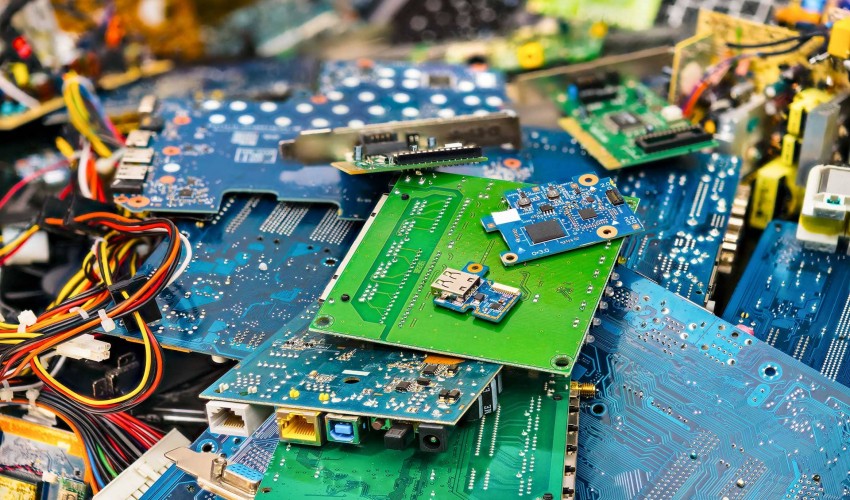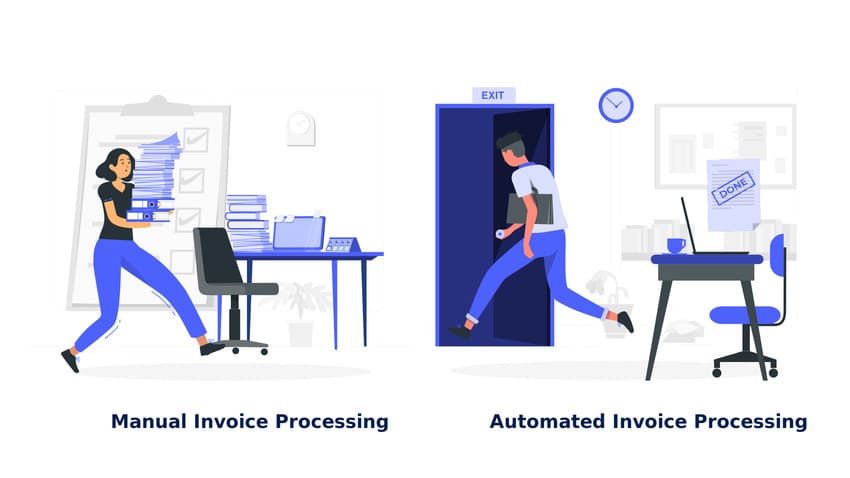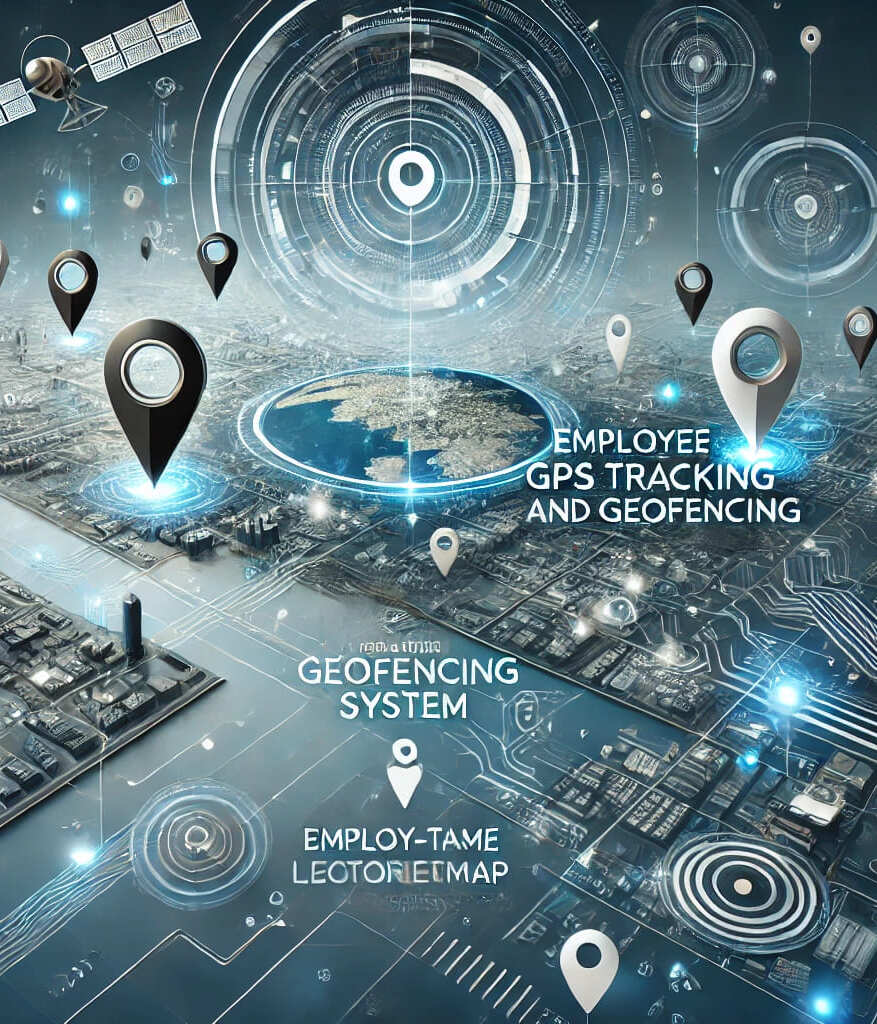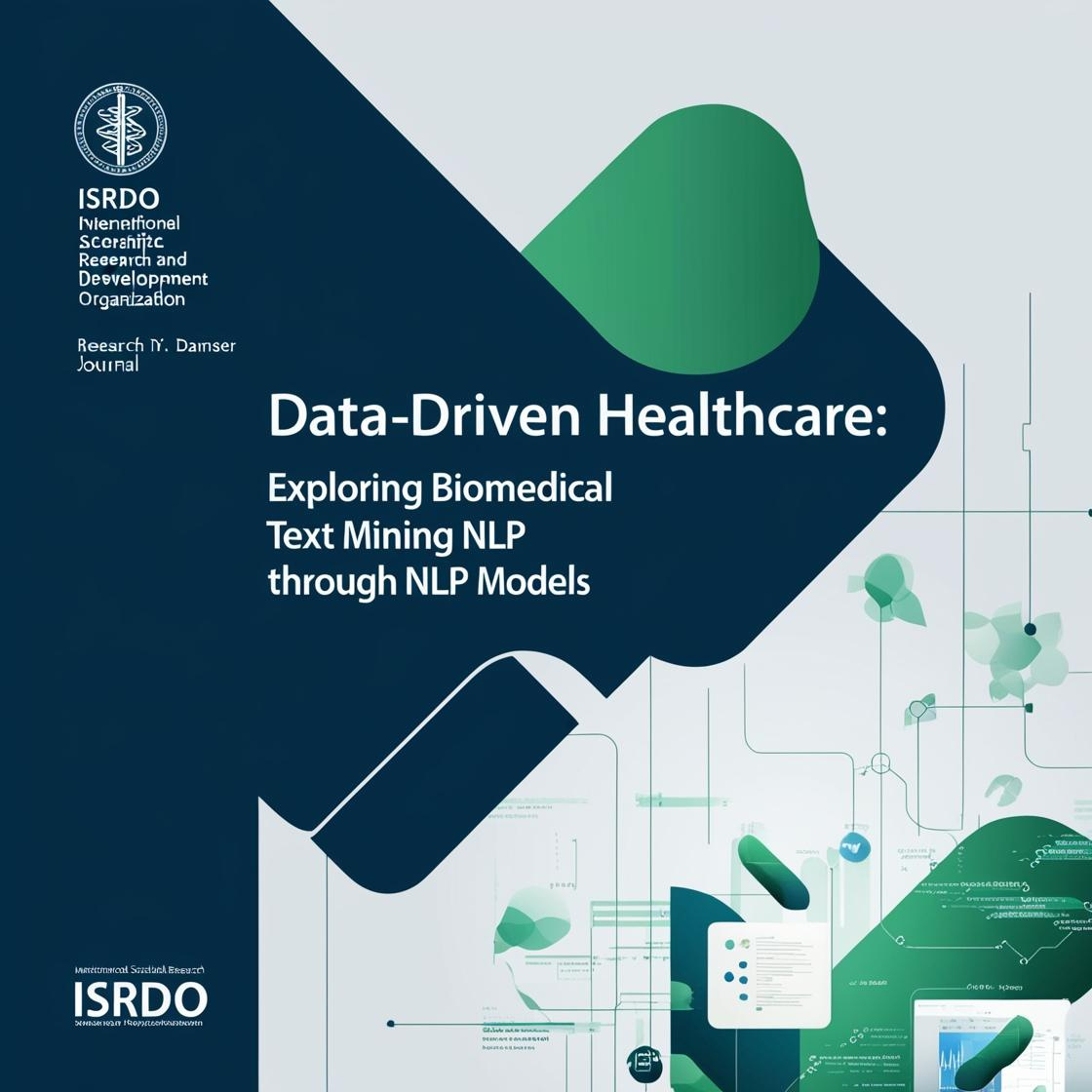
Electronics and Communication Engineering
Electronic engineering (also called electronics and communications engineering) is an electrical engineering discipline which utilizes nonlinear and active electrical components (such as semiconductor devices, especially transistors and diodes) to design electronic circuits, devices, integrated circuits and their systems. The discipline typically also designs passive electrical components, usually based on printed circuit boards.
Electronics is a subfield within the wider electrical
engineering academic subject but denotes a broad engineering field that covers
subfields such as analog electronics, digital electronics, consumer
electronics, embedded systems and power electronics. Electronics engineering
deals with implementation of applications, principles and algorithms developed
within many related fields, for example solid-state physics, radio engineering,
telecommunications, control systems, signal processing, systems engineering,
computer engineering, instrumentation engineering, electric power control,
robotics, and many others.
Electronic engineering has many subfields. This section
describes some of the most popular subfields in electronic engineering;
although there are engineers who focus exclusively on one subfield, there are
also many who focus on a combination of subfields.
Signal processing deals with the analysis and manipulation
of signals. Signals can be either analog, in which case the signal varies
continuously according to the information, or digital, in which case the signal
varies according to a series of discrete values representing the information.
For analog signals, signal processing may involve the
amplification and filtering of audio signals for audio equipment or the
modulation and demodulation of signals for telecommunications. For digital
signals, signal processing may involve the compression, error checking and
error detection of digital signals.
Telecommunications engineering deals with the transmission
of information across a channel such as a co-axial cable, optical fiber or free
space.
Transmissions across free space require information to be
encoded in a carrier wave in order to shift the information to a carrier
frequency suitable for transmission, this is known as modulation. Popular
analog modulation techniques include amplitude modulation and frequency
modulation. The choice of modulation affects the cost and performance of a
system and these two factors must be balanced carefully by the engineer.
Once the transmission characteristics of a system are
determined, telecommunication engineers design the transmitters and receivers
needed for such systems. These two are sometimes combined to form a two-way
communication device known as a transceiver. A key consideration in the design
of transmitters is their power consumption as this is closely related to their
signal strength. If the signal strength of a transmitter is insufficient the
signal's information will be corrupted by noise.
Electromagnetics is an in-depth study about the signals that
are transmitted in a channel (Wired or Wireless). This includes Basics of
Electromagnetic waves, Transmission Lines and Waveguides, Antennas, its types
and applications with Radio-Frequency (RF) and Microwaves. Its applications are
seen widely in other sub-fields like Telecommunication, Control and
Instrumentation Engineering.
Control engineering has a wide range of applications from the flight and propulsion systems of commercial airplanes to the cruise control present in many modern cars. It also plays an important role in industrial automation.
Control engineers often utilize feedback when designing
control systems. For example, in a car with cruise control, the vehicle's speed
is continuously monitored and fed back to the system which adjusts the engine's
power output accordingly. Where there is regular feedback, control theory can
be used to determine how the system responds to such feedback.
Instrumentation engineering deals with the design of devices
to measure physical quantities such as pressure, flow and temperature. These
devices are known as instrumentation.
The design of such instrumentation requires a good
understanding of physics that often extends beyond electromagnetic theory. For
example, radar guns use the Doppler effect to measure the speed of oncoming
vehicles. Similarly, thermocouples use the Peltier–Seebeck effect to measure
the temperature difference between two points.
Often instrumentation is not used by itself, but instead as
the sensors of larger electrical systems. For example, a thermocouple might be
used to help ensure a furnace's temperature remains constant. For this reason,
instrumentation engineering is often viewed as the counterpart of control
engineering.
Computer engineering deals with the design of computers and
computer systems. This may involve the design of new computer hardware, the
design of PDAs or the use of computers to control an industrial plant.
Development of embedded systems—systems made for specific tasks (e.g., mobile
phones)—is also included in this field. This field includes the micro
controller and its applications. Computer engineers may also work on a system's
software. However, the design of complex software systems is often the domain
of software engineering, which is usually considered a separate discipline.
VLSI design engineering VLSI stands for very large scale
integration. It deals with fabrication of ICs and various electronic
components.
- Analog Electronic Ckts
- Microcontrollers
- Logic Design
- Control Systems
- Network Analysis
- Signals & Systems
- Electronic Instrumentation
- Fundamentals of HDL
- Field Theory
- Linear ICs & Applications
- Analog Electronics
- Management and Entrepreneurship
- Digital Communication
- Digital Signal Processing
- Microprocessors
- Analog Communication
- Microelectronics Circuits
- Information Theory & Coding
- Antennas and Propagation
- Fundamentals of CMOS
- Operating Systems
- VLSI
- Computer Communication Networks
- Wireless Communication
- Optical Fiber Communication
- Digital Switching Systems
- Power Electronics
- Project Work EC
- Embedded System Design
- Automatic Control System
- Analog Circuits
- Verilog HDL
- Signals and Systems
- Computer Architecture
- Analog Circuits & Communication Laboratory
- Electromagnetic Waves
- Microcontroller
- Embedded Systems (Includes ARM Controller)
- Computer Networks
- Microwave & Antenna
- VLSI Design
- Signal Processing
- Automotive Electronics
- Sensors & Actuators
- Digital Image Processing
- MEMS
- Mobile Operating Systems
- Digital System Design Using Verilog
- Optical Communication Networks
- Advanced Cellular Communication
Recent Published
Submit Manuscript
To give your manuscript the best chance of publication, follow these policies and formatting guidelines.


